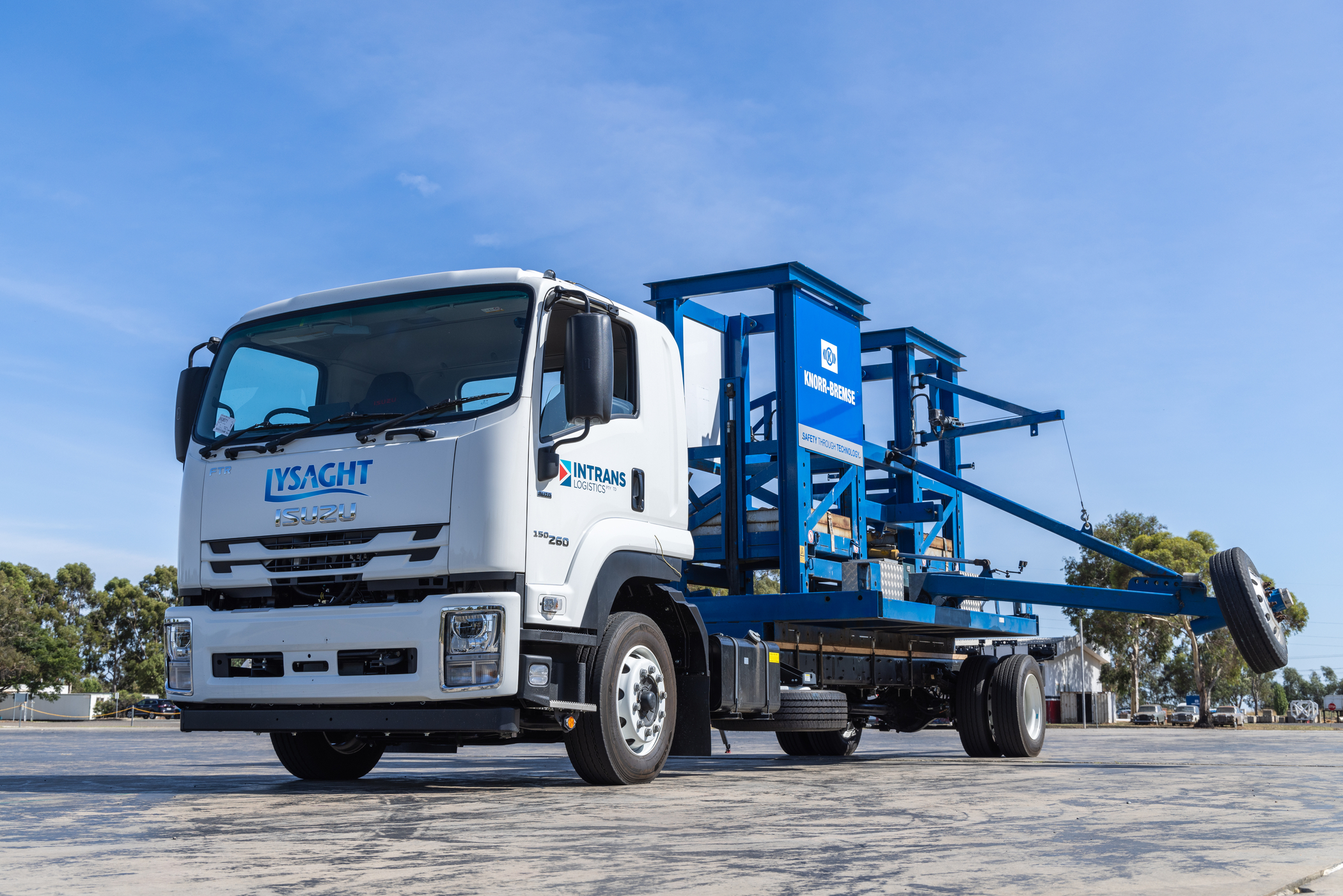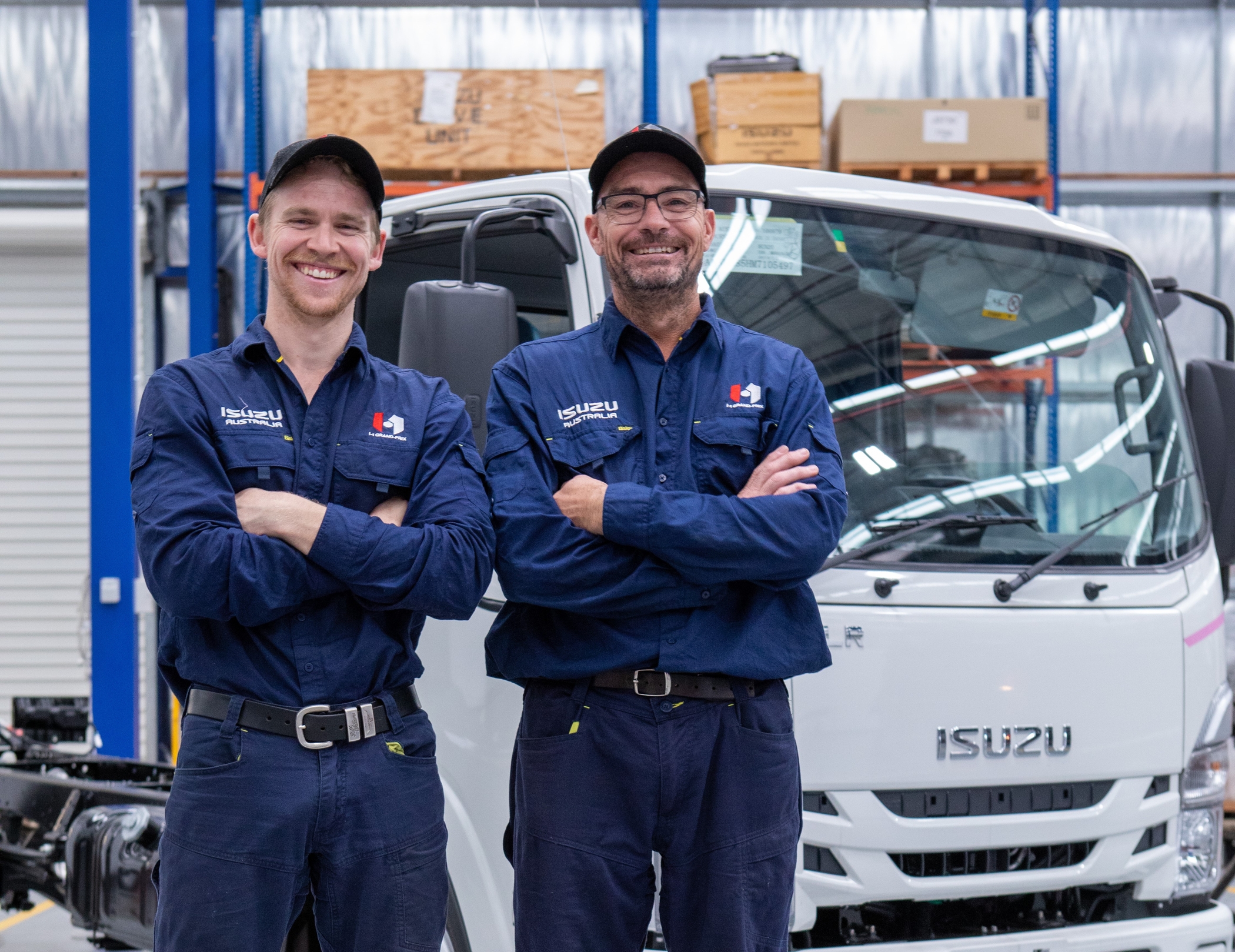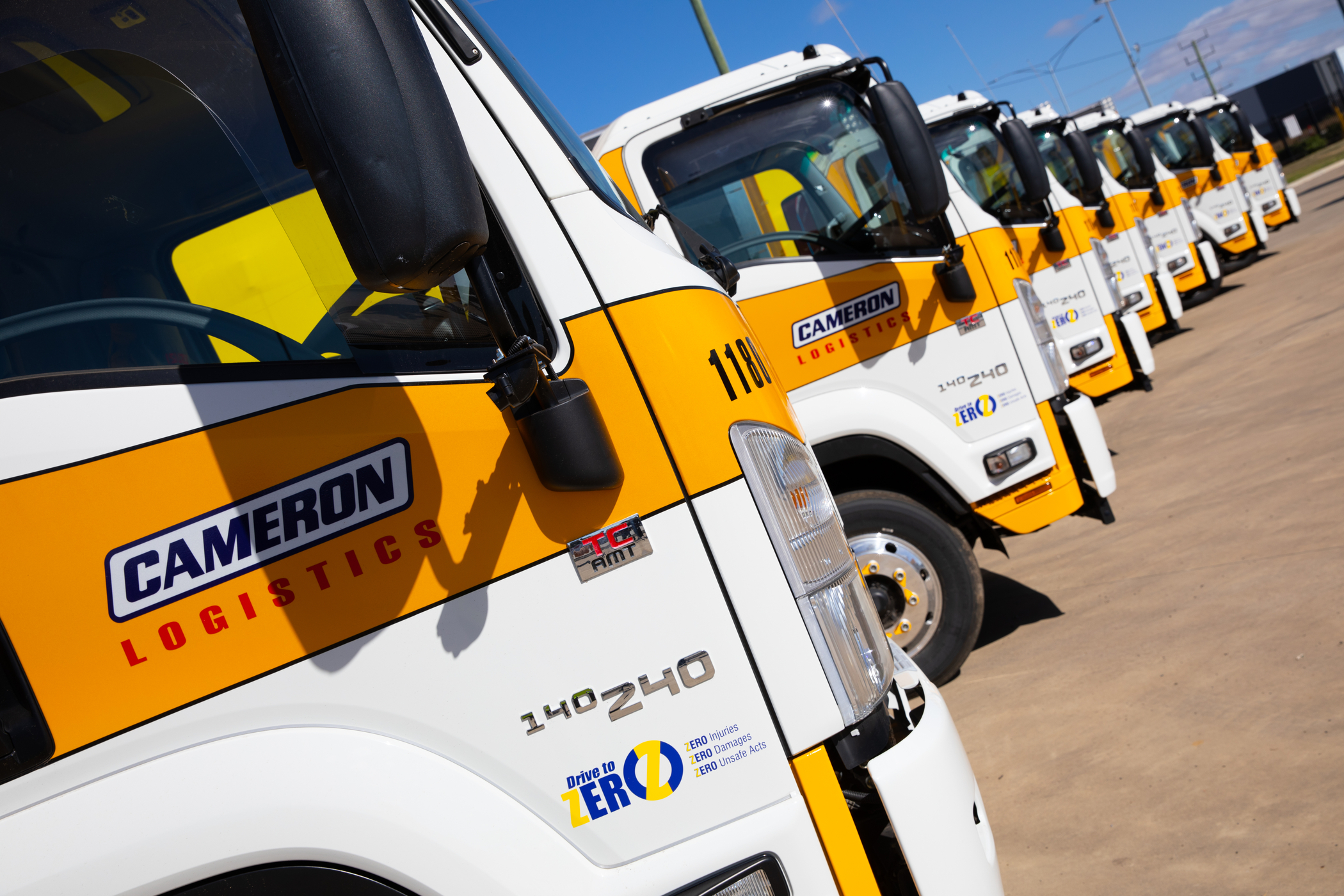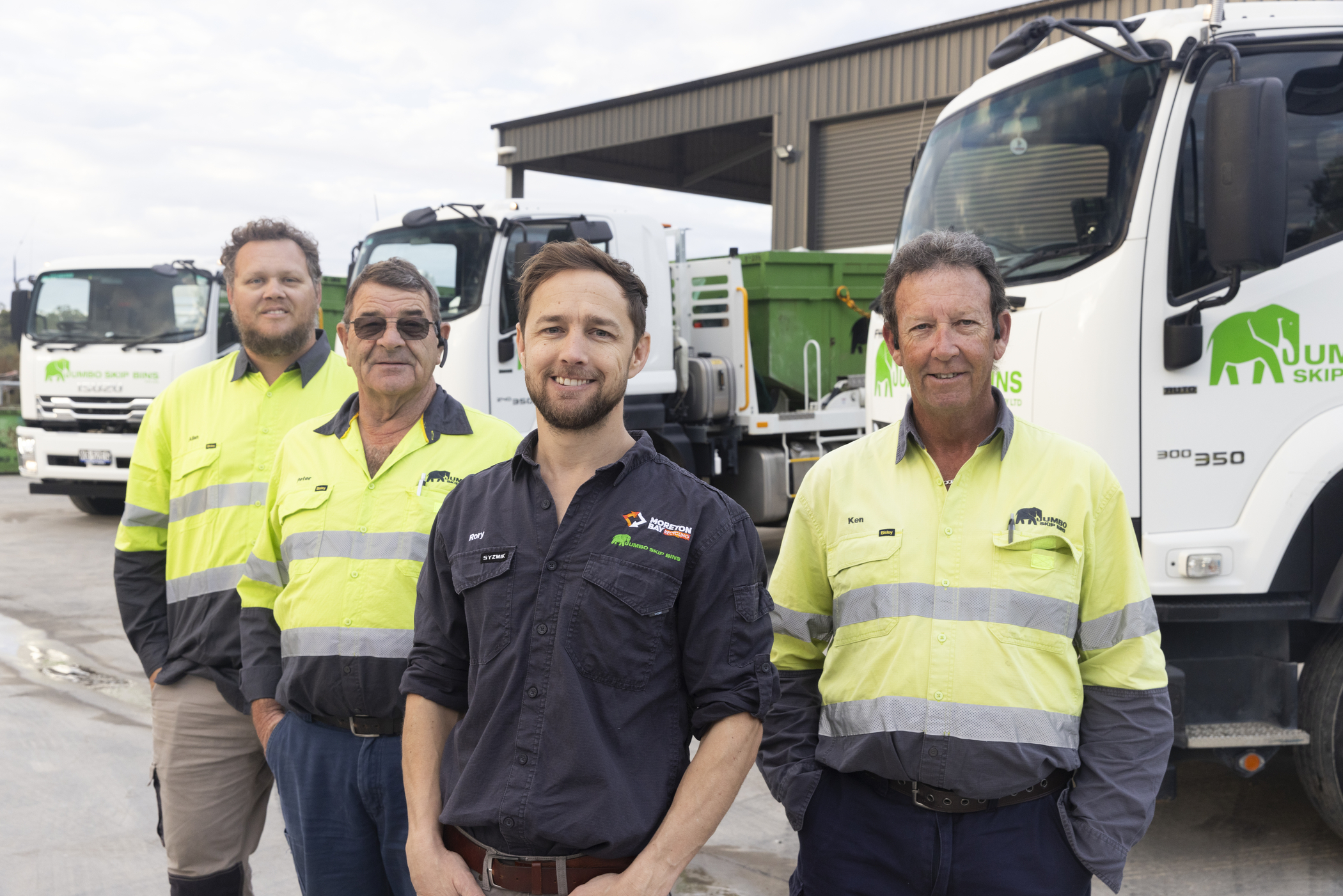Road Transport Revolution: Human Ingenuity Versus Autonomous Tech

We’ve all seen the signs on the back of trucks—Without Trucks, Australia Stops. With more than 200 billion tonne-kilometres of goods moved around the country each year, and the limited effectiveness and feasibility of sea and rail transport for domestic and interstate delivery, road transport truly is one of the epicentres of our national economy.
With Australia’s demand for road and rail freight expected to more than double between 2010 and 2040, this demand for road transport isn’t likely to disappear any time soon either. Through a variety of road transport vehicles, ranging from road trains to rigid light-duty trucks, Australia is heavily reliant on the trucking industry for intra- and interstate transport, supplying everything from fuel and construction equipment, to food and online purchases. Over the years, we’ve seen more and more technology introduced to our vehicles, designed to shift work onto robotic shoulders. Think automatic transmissions, adaptive cruise control, autonomous braking and lane departure systems. Recently, advances in autonomous transport technology has seen the concept of driverless or semi-automated road transport introduced to our industry, with testing underway across Europe, North America and Asia. While the continuing development of autonomous driving technology could potentially revolutionise freight and logistics as we know it—perhaps seeing the increased use of drones to deliver goods such as Amazon’s incoming drone delivery—the sheer scale of the transport industry and its task, means that human intervention will be ever present. How can we be so sure, you ask? Well, here’s a look at the human-driven transport versus autonomous transport debate. Congestion, either side of the coin A main selling point of autonomous transport technology (e.g. platooning, drones etc) is that it could potentially reduce worsening and avoidable traffic congestion, which is projected to cost the economy $30 billion by 2030, almost doubling from previous 2015 cost estimates of $16.5 billion. However, a very real and serious issue is displacing road congestion to… air congestion. With the use of drones to deliver goods, especially at the scale modern cities require, a huge number of drones would be required to carry out even part of the task. It begs these questions: how would we monitor and regulate airspace, and what are the safety implications? And when it comes to truck platooning, a major concern is if there were to be an accident, the outcome will be greatly magnified. Michael Milford, a professor at the Queensland University of Technology, told the ABC, “Like a freight train crash, if and when things go wrong, the outcome will be magnified by the close proximity of many heavy, high-speed vehicles. “Even with perfect reaction speed, a truck only a few metres behind the lead truck will have a smaller set of options for reacting when something goes wrong in front of it.” Conversely, while our city roads are frequently congested, there are infrastructure and systems upgrades currently in place to measure, control and improve the flow of traffic on our roads. These include lane widening and additional works, as well as strategic urban planning updates. Carbon efficiency Behind the potential carbon efficiency advantages of autonomous transport are some significant disadvantages. In the case of drones as an example, they’re not yet capable of taking on the scope and distances of deliveries undertaken by Australian trucks and potentially never will. It’s more likely drones will be effective for last mile urban delivery over short distances. However, weight and distance are an ever-present issue. Recent overseas studies have found drones can potentially produce more carbon than trucks, due to the amount of energy required to keep a drone airborne with a larger package, or if travelling over a longer distance. Additionally, drones can only carry one package at a time, meaning a return to base after each delivery. Therefore, it’s more carbon-efficient to use trucks, especially for heavier, larger-scale goods transport. And when you factor in the continual research and development in the automotive industry—to produce greener, more efficient powerplants as well as evolutions such as electric trucks—the carbon efficiency of the trucking industry is something to keep in mind. Human flexibility versus programmed rigidity At the end of the day, the transport industry is about catering to customer need. And that means some level of customer service. Automated deliveries lack the human element many forget are needed and appreciated. For example, truck drivers are required to not only ensure the safe and efficient delivery of goods, but are also expected to interact with the customer, field enquiries, unload the goods, process payments, issue receipts and so on. There’s no substitute for human interaction and judgement when it comes to a range of other road transport variables too. Majority of our Aussie truckies are navigating busy city streets, but many also tackle the long distances and unpredictable conditions of interstate travel. All manner of variables can surface, from wildlife movements on the rural roads to other unexpected human behaviour and road situations. Think distracted pedestrians, unexpected speed changes, road accidents, extreme weather and undisclosed road closures. These situations require human ingenuity and the ability to rapidly assess problems and adjust behaviour accordingly. Furry Friends Being in Australia with our unpredictable wildlife also poses more issues for autonomous transport. Although some autonomous vehicles are currently able to detect animals and objects in their path and react accordingly, some animals, such as the kangaroo, have been known to pose major problems due to their erratic movement. While we could one day live in a future where programmed systems are able to mimic what humans are able to do in unexpected situations, it is unlikely to be any time soon. Security, security There’s the concern over physical security and safety, and then there’s the concern over software security… and sometimes these two issues conflate. There are challenges with autonomous transport in terms of vulnerability to software hacking, as stressed by Tony Sheldon, the Transport Workers Union’s National Secretary. “There is a serious question about the capacity for this technology to be hijacked,” Sheldon said. So, while autonomous trucks may potentially decrease safety issues owing to human error such as driver fatigue, they could also contribute to far more catastrophic incidents. The great infrastructure gap While there are seemingly limitless possibilities for autonomous transport technologies, our infrastructure and governing legislation is currently lacking for such tech to be implemented seamlessly, safely and without issue. Until we upgrade interacting infrastructure, such as road signal systems, crossings and airspace regulations, that autonomous trucks and drones can smoothly compute, understand and act accordingly, it will be many years before it becomes a feasible or efficient way to operate on the same level as the large-scale truck transportation system we have in Australia. Without Trucks, Australia Stops At the end of the day, the traditional diesel truck continues to play an integral and irreplaceable role in Australia’s transport landscape, and is yet to be seriously challenged by future autonomous technologies. While autonomous transport may, after refinement, be slowly integrated and used as a complement to current road transport, we are still a while off from being able to wholly rely on technology and put our feet up in the truck. Anthony McMullan, CEO of Truck Industry Council, agrees and commented at the 2018 Victorian Government Ministerial Breakfast, “Key infrastructure such as road quality, markings and signs need to be improved and standardised.” “The timeframe will be longer than that portrayed by the media.” There are many smarter trucking innovations being developed, read more on the electric vehicle concept for trucks.


Playtime’s over, get $3,500* to spend on extras.
If you’re ready to get serious about tackling bigger jobs, grab yourself an NLR 45-150 AMT SWB Traypack from the Ready-to-Work range for $62,990 drive away*. And to prove we aren’t playing, buy any NLR Traypack before June 30 and you’ll get $3,500* to spend on genuine accessories or an Essentials service agreement.
Learn more



